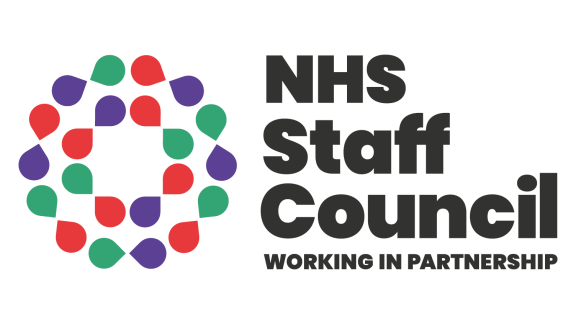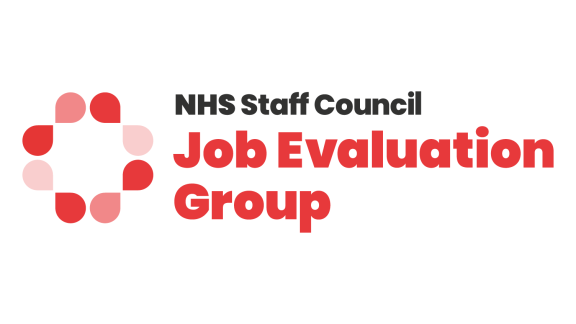Key points
This guidance was first published in 2021. It has been updated to reflect the changes to legislation in the Employment Relations (Flexible Working) Act 2023 which came into effect on the 6 April 2024.
Refer to the NHS Terms and Conditions of Service Handbook to ensure you are applying the right terms and conditions.
It is important to lay the groundwork.
Employers and unions need to work collaboratively to review flexible working policies.

Introduction
On the 13 September 2021, the NHS Staff Council on behalf of NHS trade unions and employers, jointly agreed revisions to Section 33 of NHS Terms and Conditions of Service (TCS) Handbook. The improvements were designed to support a cultural change to ensure flexible working is available to all NHS staff, in-line with the commitments made in the NHS People Promise around moving to flexibility by default. View the changes and NHS Staff Council statement.
This guidance was first published in line with the changes to Section 33 in 2021 and has been updated to reflect the changes to legislation in the Employment Relations (Flexible Working) Act 2023 which came into effect on the 6 April 2024.
Section 33 of the NHS TCS handbook provides:
- a contractual right to request flexible working from day one of employment
- no limit on the number of requests and the right to make them regardless of the reason
- requirements for centralised oversight of processes to ensure greater consistency of access to flexible working including an escalation stage for circumstances where a line manager is not initially able to agree a request
- expectation that employers will promote flexibility options at the point of recruitment and through regular staff engagement through one-to-ones, health and well-being conversations, appraisals and team discussions.
Good partnership working between unions and employers will be crucial to success, and should take place at every stage, including:
- re-negotiation of policies
- championing cultural change
- planning and overseeing delivery
- engaging staff.
Joint partnerships will recognise the challenges in delivering change in the context of staffing and service pressures that have intensified during the pandemic. However, better access to flexible working can be part of the solution by helping more staff stay in their jobs and making the NHS a more attractive place to work.
Good flexible working policies are an important component of any organisation’s flexible working strategy. This guidance has been produced by the NHS Staff Council to help local joint employer and union partnerships review and agree changes to current policies to reflect the contractual changes and the broader strategic agenda.
- Download this chapter
- Introduction
Laying the groundwork
Detailed below are the actions employers should take when reviewing flexible working policies:
1. Jointly review your latest staff survey data on satisfaction levels around opportunities for flexible working.
2. Consider ways to gather feedback from staff/members in a range of locations and roles on:
- how well the current policy and procedures are working for them
- whether staff feel able to discuss flexible working with their line managers
- any barriers to access and any good practice around flexible working choices.
3. Identify areas or staff groups which you think are most likely to be excluded. Have these groups in mind when looking at what new measures you need to put in place.
4. Assess whether the organisation has the right expertise and knowledge to deliver innovation, and ensure line managers can access high-quality advice. If there are gaps, discuss how to fill them, you can also consider setting up a steering group or change team.
5. Agree how you will communicate to staff the changes to the policy and the cultural change around flexible working the organisation wants to achieve. It's essential you also describe the role of the joint union and employer partnership. In conjunction with the NHS Staff Council, NHS Employers has developed enablers for change guidance to support you to implement the revised flexible working policy.
6. Scope the key areas of change that will be needed to your policy and supporting paperwork like forms and staff guides. Log any knock-on effects for, and cross-references in, other associated policies.
7. Agree the process and governance for conducting your equality impact assessment (EIA) of the changes you are proposing to make. See Appendix 1 below for advice from the Equality, Diversity and Inclusion Group (EDIG) of the NHS Staff Council on conducting EIAs.
8. Discuss how line manager briefing/training, covering the policy changes and equality, diversity and inclusion obligations, will be rolled out.
- Download this chapter
- Laying the groundwork
Guidance for joint review of your current policy and supporting procedures
Appendix 1: Advice from EDIG
Advice from the equality, diversity and inclusion group (EDIG) of the NHS Staff Council on conducting an equality assessment of changes to your flexible working policy.
Carrying out an equality assessment
Appendix 2:
Advice from the Equality, Diversity and Inclusion Group (EDIG) of the NHS Staff Council on monitoring and reporting on your flexible working policy.
This advice covers how to ensure you have an agreed monitoring and review process that considers the impact of the policy, procedure or practice.




